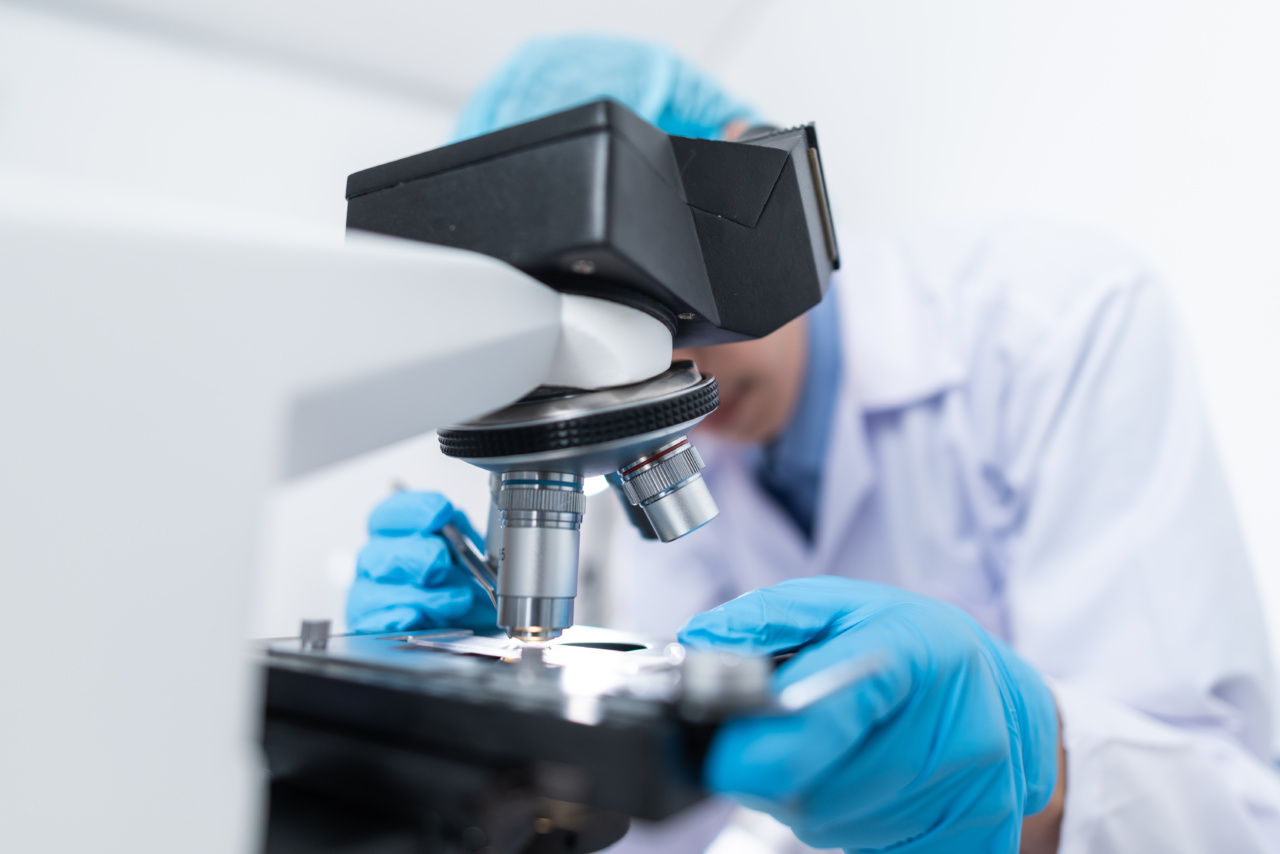Urinary tract infections (UTIs) are a common health problem that affects millions of people worldwide. While antibiotics have been the go-to treatment for UTIs, the rising emergence of antibiotic resistance has become a major concern in recent years.
Recurrent UTIs pose an even greater challenge as they require long-term antibiotic therapy, which further contributes to the development of antibiotic resistance. However, there is newfound hope in the form of a newly developed drug combination that has shown promising results in effectively treating recurrent UTIs.
Understanding Recurrent UTIs
Recurrent UTIs refer to the occurrence of multiple urinary tract infections over a span of time. These recurrent infections can significantly impact a person’s quality of life, causing pain, discomfort, and even emotional distress.
Among women, recurrent UTIs are particularly prevalent, with some experiencing more than three UTIs in a year.
UTIs are primarily caused by bacteria, with Escherichia coli (E. coli) being the most common culprit. Infections typically occur when bacteria enter the urethra and multiply in the bladder, leading to inflammation and infection.
The regular use of antibiotics to treat UTIs can inadvertently contribute to antibiotic resistance, making it challenging to find effective treatment options.
The Need for Novel Treatment Approaches
With the increasing prevalence of antibiotic-resistant bacteria, the development of new treatment approaches is vital. Researchers and healthcare professionals have been exploring alternative therapeutic options to combat recurrent UTIs.
One such development is the newly formulated drug combination that shows significant potential in tackling these infections.
The Potential of the Newly Developed Drug Combination
The newly developed drug combination utilizes a dual action approach, targeting both bacterial growth and the inhibition of bacterial adhesion to the urinary tract walls.
By disrupting the ability of bacteria to adhere and multiply, this drug combination offers a unique mechanism to combat recurrent UTIs.
The drug combination consists of two key components:.
1. Antibacterial Agent
The first component of the drug combination is an antibacterial agent that directly targets the bacteria causing the infection.
This agent has been specifically designed to effectively kill or inhibit the growth of bacterial pathogens commonly responsible for UTIs, including antibiotic-resistant strains.
The breakthrough in this component lies in its ability to overcome antibiotic resistance mechanisms. It acts on multiple molecular targets within the bacteria, making it highly effective even against resistant strains.
This antibacterial agent also ensures a low risk of resistance development, significantly reducing the long-term implications of antibiotic use.
2. Anti-Adhesive Agent
The second component of the drug combination is an anti-adhesive agent. It works by blocking the attachment of bacteria to the urinary tract walls, preventing the establishment of infection.
By acting on the adhesion mechanisms of bacteria, this agent reduces the ability of the pathogens to cause recurrent UTIs.
The anti-adhesive agent is derived from a naturally occurring molecule that has demonstrated strong anti-adhesive properties.
It effectively interferes with the adhesion of bacteria, making it difficult for them to establish infection and form biofilms, which are known to complicate treatment and increase the risk of recurring UTIs.
Effectiveness and Clinical Trials
The effectiveness of the newly developed drug combination has been extensively evaluated through preclinical studies and clinical trials.
In preclinical studies, the drug combination demonstrated a high level of efficacy against a wide range of bacterial strains, including multidrug-resistant ones.
The subsequent clinical trials involved participants who had a history of recurrent UTIs. These trials compared the drug combination to standard antibiotic therapy.
The results showed that the drug combination effectively reduced the frequency and severity of UTIs in the participants, with a significantly lower rate of recurrence compared to antibiotics alone.
Possible Side Effects and Safety Considerations
As with any medication, the newly developed drug combination has potential side effects and safety considerations.
The most commonly reported side effects during clinical trials were mild and well-tolerated, including gastrointestinal symptoms such as nausea and mild diarrhea. These side effects were generally temporary and subsided without any long-lasting complications.
Most importantly, the drug combination has proven to be safe and well-tolerated, with no serious adverse effects reported during the clinical trials.
This high level of safety makes it a promising option for long-term treatment and prevention of recurrent UTIs.
The Future of UTI Treatment
The development of this newly formulated drug combination provides hope for individuals suffering from recurrent UTIs.
Its effectiveness in reducing the frequency and severity of UTIs, along with its low risk of resistance development, makes it a potential game-changer in UTI treatment.
Further research is ongoing to explore the long-term effects and optimize the drug combination’s dosage and administration.
Additionally, there is a need for more extensive clinical trials to confirm its efficacy across diverse populations and evaluate its safety during prolonged use.
Conclusion
Recurrent UTIs have long been a challenge in the medical field, but the newly developed drug combination offers a beacon of hope.
By targeting both bacterial growth and adhesion, this drug combination presents a unique approach to treating and preventing recurrent UTIs. With further research and advancements, this breakthrough formulation may pave the way for a more effective and sustainable solution in managing UTIs and reducing the global burden of antibiotic resistance.































